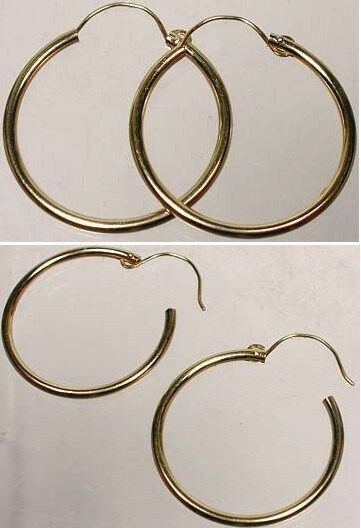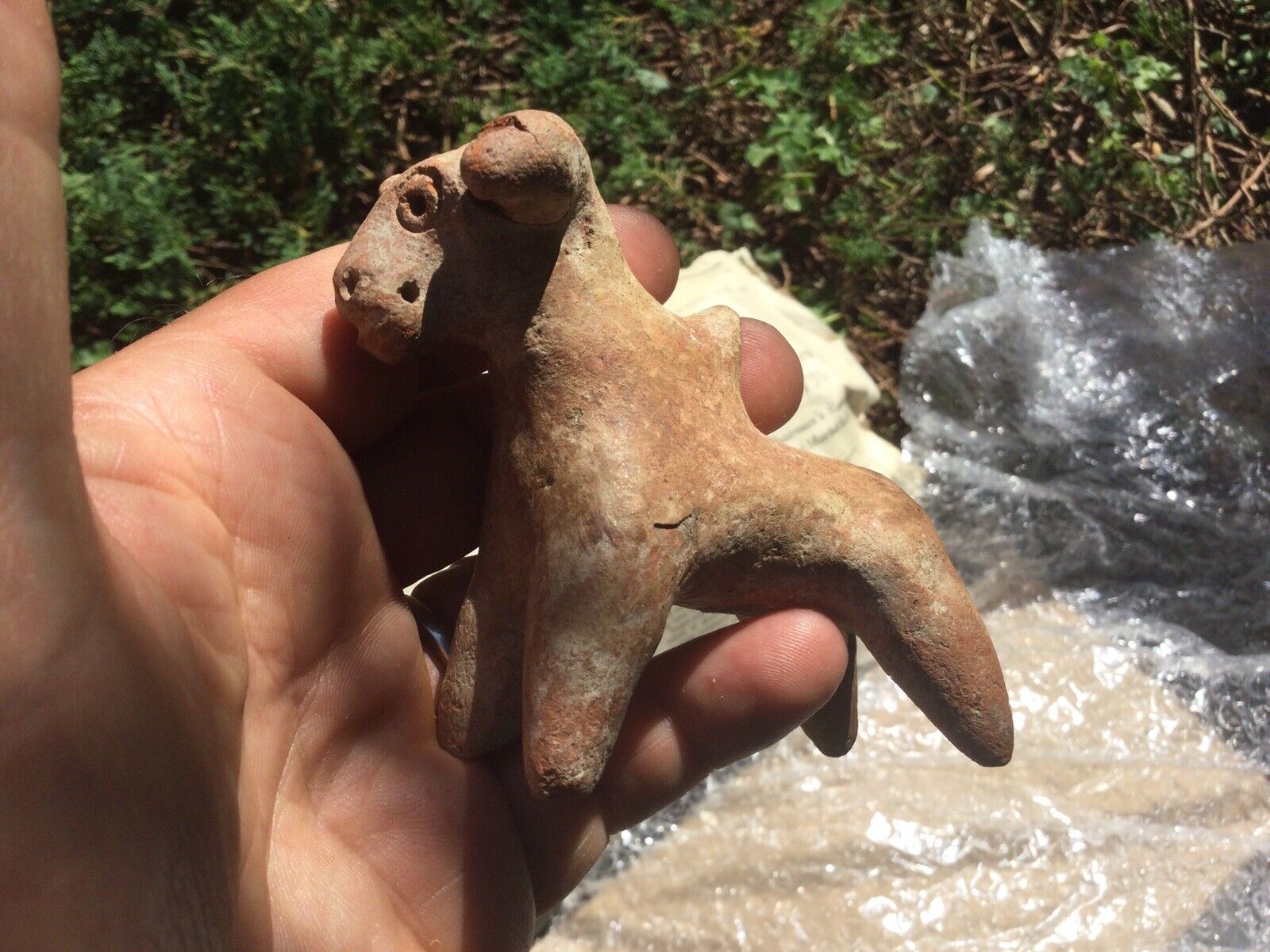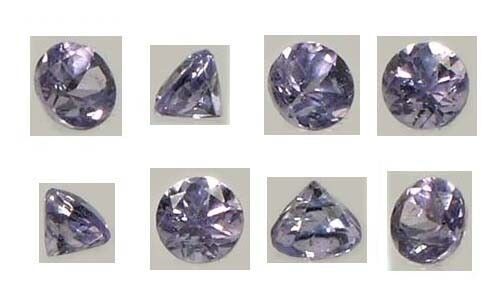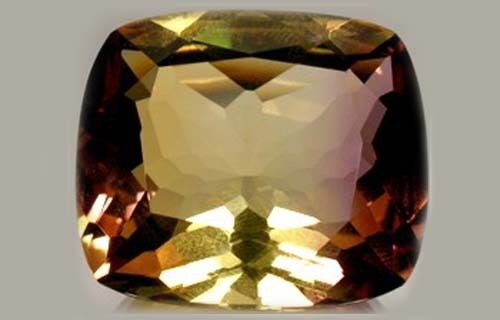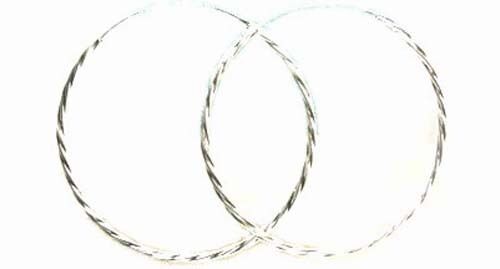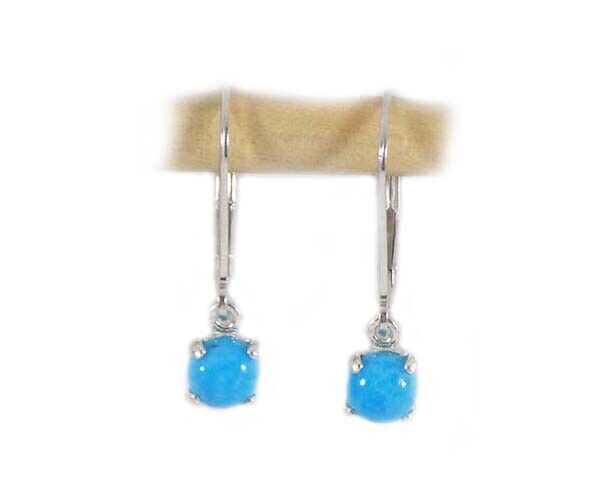-40%
Antique 19th Century China Hand Painted Famille Rose Porcelain Teapot Park Motif
$ 52.79
- Description
- Size Guide
Description
Nicely Preserved Genuine 19th Century Qing Dynasty “Famille Rose” Style Hand Painted Porcelain Teapot.CLASSIFICATION
: Famille Rose Style Porcelain Teapot.
ATTRIBUTION
: Ancient China, Qing Dynasty, 19th Century.
SIZE/MEASUREMENTS
:
Height: 113 millimeters (4 1/2 inches).
Width (including spout): 136 millimeters (5 3/8 inches).
Diameter: 103 millimeters (4 1/8 inches) at belly; 57 millimeters (2 1/3 inches) at top lip; 100 millimeters (4 inches) at base.
CONDITION
: Very good, entirely intact. There’s an old repair to a rim chip. A little wear consistent with any household item which is a century old. Not flawless, but certainly in an excellent state of preservation.
DETAIL
: A splendidly preserved, petite (four-cup, or two mug), hand painted “famille rose” style porcelain teapot so wonderfully characteristic of the very popular export Qing Dynasty porcelain china. The particular style was extremely popular both in England as well as the USA during the 1800’s. This is a wonderful example of this very famous produce. The glaze is entirely intact, a very colorful park setting quite characteristic of Ming and Qing Dynasty porcelain. The depiction consists of six different people (including what appears to be one child) seemingly involved in leisure activities in a setting which includes shrubs, a fence, etc. Again, a quite typical depiction of an idyllic park setting.
The condition of the pot is very good. There is an old repair (we did not made the repair) to a rim chip at the top rim, you can see it in the photographs. Notwithstanding the repaired chip, the porcelain glaze is otherwise in very good condition, still brightly colored, not oxidized or crackled. There are of course a few minor scuffs, marks, dings, etc., as well as a few of the ordinary potting blemishes (warts, dimples, pimples and pits); again really not noticeable, and quite typical of hand-crafted porcelain of the late Ming/early Qing Dynasties. All of the preceding almost unnoticeable and very minor – we’re just playing critic here in the interest of full disclosure.
The teapot is about as good as one can reasonably expect of a teapot somewhere around 150 years old. It’s not perfect, but it is about as close to it as you will ordinarily find of an authentic nineteenth century porcelain teapot like this. Overall it is an exceptionally attractive piece, and very well preserved specimen of the ancient Chinese art of pottery. If you’d like an authentic antique “famille rose” porcelain teapot to proudly display, you could not go wrong with this one. It is solidly shaped, nicely featured, and perfectly proportioned. You could display this one with great pride either at work on your desk or at home in the kitchen or dining room. Attach a couple of handles and it still could be used for high tea. It would also be very cute holding either a dried floral arrangement or some cut fresh flowers. Whether at home or at work, for use at tea time or for display, it will certainly generate curiosity and perhaps even a little envy!
HISTORY OF QING CERAMICS
: The Qing (Ch’ing) Dynasty (1644-1911 A.D.) was the last imperial dynasty of China. Imperial patronage stimulated one of China's most intense periods of ceramic production, characterized by unmatched technical expertise and refinement in blue and white, monochrome, and polychrome ceramics. Colorful enamel porcelain overglazes were invented. The process of enameling was further developed, along with a nearly endless number of new shades for monochrome-glazed porcelain. An innovative new technique produced five-colored porcelains. Applying a variety of under-glaze pigments to decorative schemes of flower, landscape and figurative scenes, these five-colored porcelains gained great renown in Western Europe.
In almost every major European museum, you will find either five-colored or monochromatic porcelain (in blue, red, yellow or pink) from this period. The finest export wares were produced for European markets in the 17th and 18th centuries. The famille wares (such as this) which had been introduced during the Ming Dynasty gained great popularity in Europe. Perhaps the most exciting pottery was produced in small, provincial workshops. The potters here did not compete with the elaborate imperial kilns, but instead created delightful wares for local patrons. Small porcelain items such as teapots, pen rests, and water droppers were commonly found on most any gentleman's desk from China to Europe.
HISTORY OF THE QING DYNASTY
: For the second time in its history, China found itself ruled by outsiders when the Manchus took Beijing and overthrew the Ming Dynasty, establishing the last imperial dynasty, the Qing (1644-1911 A.D.). The Manchus retained many institutions of Ming and earlier Chinese Dynasties, continuing Confucian court practices and temple rituals. The Manchu emperors supported Chinese literary and historical projects of enormous scope. The survival of much of China's ancient literature is attributed to these projects. However the Manchu were suspicious of Han Chinese, so the Qing Dynasty rulers took steps to ensure that the Manchus were not simply absorbed into the larger, dominant Han Chinese population.
Han Chinese were prohibited from migrating into the Manchu homeland, and Manchus were forbidden to engage in trade or manual labor. Intermarriage between the two groups was forbidden. In many government positions a system of dual appointments was used--the Chinese appointee was required to do the substantive work and the Manchu to ensure Han loyalty to the Qing Dynasty. The Qing regime was determined to protect itself not only from internal rebellion but also from foreign invasion. After all of China had been subjugated, the Manchus conquered Outer Mongolia, gained control of much of Central Asia and Tibet.
The Qing became the first dynasty to eliminate successfully all danger to China from across its land borders. The power of the Chinese Empire reached the highest point in its 2000-year history, and then collapsed. The collapse was partly due to internal decay, but as well due to external pressures exerted by the Western European powers. Ironically the fatal threat to the Qing Dynasty did not come overland as in the past, but by sea in the form of traders, missionaries, and soldiers of fortune from Europe. The mindset that China was in every respect superior to outside “barbarians” resulted in an inability to evaluate correctly or respond flexibly to the new challenges presented by technologically and militarily superior Western European countries.
Ultimately this cultural rigidity resulted in the demise of the Qing and the collapse of the entire millennia-old framework of dynastic rule. China was literally dismembered by Western European countries who fought over the carcass like so many wild animals. Shortly after the Sino-Japanese War the Western-educated Sun Yat-sen had initiated a revolutionary movement which established a republican form of government, overthrowing the last imperial dynasty. Of course the Republic of China was in turn overthrown by the Communists after the conclusion of World War II.
HISTORY OF CHINESE EARTHENWARE
: The first Chinese ceramics archaeologists have found date back more than 10,000 years. These were earthenware, which means they were made from clay and fired at the kind of low temperatures reached by a wood fire or simple oven. In China, most ceramics made before the Tang dynasty (600 A.D.) are earthenware. They may be glazed or unglazed, and are occasionally painted, often brightly colored. Stoneware ceramics are harder and less porous than earthenware and are fired at hotter temperatures—between 2100°F and 2400°F. At these high temperatures, the surface of the clay melts and becomes glassy.
Although stoneware is usually waterproof, most stoneware ceramics are glazed for decoration. The glazes often contain ash, which allows the glaze to harden at stoneware temperatures. During the Shang Dynasty (1600-1100 B.C.) bronze metallurgy superceded ceramics as the favored art form of the ruling class. However both the ceramic and the bronze industries evolved into complex systems of production that were supported by the aristocracy. Decorative designs rich in symbolism were created first in bronze were then imitated in clay. Chinese burial customs included the tradition of placing clay replicas of material possessions, animals and people in the tomb to accompany the deceased and serve them in the next life.
Although archaeological finds have revealed that glazed pottery was produced as early as 1100 B.C. during the Zhou dynasty, the production of glazed wares was not common until about 200 B.C. during the Han Dynasty. However from about 1000 B.C. onwards during the Shang and Zhou dynasties, primitive porcelain wares emerged. Real porcelain wares appeared in the Han dynasty around 200 A.D. In the process of porcelain development, different styles in different periods blossomed. The production of porcelain became widespread by about 500 A.D. Using a special clay with ground rock containing feldspar, a glassy mineral, the material was fired at very high temperatures above 2400°F.
The surface of the clay melts at such high temperatures and becomes smooth as glass. Early porcelains were undecorated and were used by the Imperial court and exported as far as the Middle East. For instance during the Han Dynasty principally celadon (green) and black porcelain were mainly produced. The famous blue and white porcelain was created with blue paint made from cobalt and then covered with a clear glaze, which can withstand the high temperatures of the kiln. The technical and creative innovations of Chinese potters are unique accomplishments in the cultural heritage of the world. Today, archaeological excavation and research in China are revealing new sites and new examples of the genius of the Chinese potter.
HISTORY OF CHINESE CIVILIZATION
: Remains of
Homo erectus
, found near Beijing, have been dated back 460,000 years. Recent archaeological studies in the Yangtse River area have provided evidence of ancient cultures (and rice cultivation) flourishing more than 11,500 years ago, contrary to the conventional belief that the Yellow River area was the cradle of the Chinese civilization. The Neolithic period flourished with a multiplicity of cultures in different regions dating back to around 5000 B.C. There is strong evidence of two so-called pottery cultures, the Yang-shao culture (3950-1700 B.C.) and the Lung-shan culture (2000-1850 B.C).
Written records go back more than 3,500 years, and the written history is (as is the case with Ancient Egypt) divided into dynasties, families of kings or emperors. The voluminous records kept by the ancient Chinese provide us with knowledge into their strong sense of their real and mythological origins – as well as of their neighbors. By about 2500 B.C. the Chinese knew how to cultivate and weave silk and were trading the luxurious fabric with other nations by about 1000 B.C. The production and value of silk tell much about the advanced state of early Chinese civilization. Cultivation of silkworms required mulberry tree orchards, temperature controls and periodic feedings around the clock. More than 2,000 silkworms were required to produce one pound of silk.
The Chinese also mastered spinning, dyeing and weaving silk threads into fabric. Bodies were buried with food containers and other possessions, presumably to assist the smooth passage of the dead to the next world. The relative success of ancient China can be attributed to the superiority of their ideographic written language, their technology, and their political institutions; the refinement of their artistic and intellectual creativity; and the sheer weight of their numbers. A recurrent historical theme has been the unceasing struggle of the sedentary Chinese against the threats posed by non-Chinese peoples on the margins of their territory in the north, northeast, and northwest.
China saw itself surrounded on all sides by so-called barbarian peoples whose cultures were demonstrably inferior by Chinese standards. This China-centered ("sinocentric") view of the world was still undisturbed in the nineteenth century, at the time of the first serious confrontation with the West. Of course the ancient Chinese showed a remarkable ability to absorb the people of surrounding areas into their own civilization. The process of assimilation continued over the centuries through conquest and colonization until what is now known as China Proper was brought under unified rule.
Due to its fragile nature this particular piece is only shipped in an oversized box with lots of Styrofoam peanuts. Domestic rates
include
USPS Delivery Confirmation (you might be able to update the status of your shipment on-line at the
USPS Web Site
). Additional items shipped together do result in a discount. The shipping weight of this item is 2 pounds. Various rates for shipping both domestically and internationally may be viewed
here
. I can add most other items I sell to the shipment for only {{detail_product_description}}.99 each. Your purchase will ordinarily be shipped within 48 hours of payment. We package as well as anyone in the business, with lots of protective padding and containers.
Trackable and insured shipments are required by PayPal for all eBay purchases utilizing PayPal as a payment method. Therefore shipping costs for this item includes the fee for postal insurance ( for domestic shipments; for international shipments); and is required for whenever PayPal is used as the payment method.
Tracking or delivery confirmation is included in all domestic shipments. Tracking for international shipments is at additional cost. We do NOT recommend uninsured shipments, and expressly disclaim any responsibility for the loss of an uninsured shipment.
Unfortunately the contents of parcels are easily “lost” or misdelivered by postal employees – even in the USA. We do offer U.S. Postal Service Priority Mail, Registered Mail, and Express Mail for both international and domestic shipments, as well United Parcel Service (UPS) and Federal Express (Fed-Ex). Please ask for a rate quotation. We will accept whatever payment method you are most comfortable with. If upon receipt of the item you are disappointed for any reason whatever, I offer a no questions asked return policy. Send it back, I will give you a complete refund of the purchase price.
Most of the items I offer come from the collection of a family friend who was active in the field of Archaeology for over forty years. However many of the items also come from purchases I make in Eastern Europe, India, and from the Levant (Eastern Mediterranean/Near East) from various institutions and dealers. Though I have always had an interest in archaeology, my own academic background was in sociology and cultural anthropology. After my retirement however, I found myself drawn to archaeology as well. Aside from my own personal collection, I have made extensive and frequent additions of my own via purchases on Ebay (of course), as well as many purchases from both dealers and institutions throughout the world – but especially in the Near East and in Eastern Europe.
I spend over half of my year out of the United States, and have spent much of my life either in India or Eastern Europe. In fact much of what we generate on Yahoo, Amazon and Ebay goes to support The Hermitage Museum in St. Petersburg, as well as some other worthy institutions in Europe connected with Anthropology and Archaeology. I acquire some small but interesting collections overseas from time-to-time, and have as well some duplicate items within my own collection which I occasionally decide to part with. Though I have a collection of ancient coins numbering in the tens of thousands, my primary interest is in ancient jewelry. My wife also is an active participant in the “business” of antique and ancient jewelry, and is from Russia.
I would be happy to provide you with a certificate/guarantee of authenticity for any item you purchase from me. There is a fee for mailing under separate cover. Whenever I am overseas I have made arrangements for purchases to be shipped out via domestic mail. If I am in the field, you may have to wait for a week or two for a COA to arrive via international air mail. But you can be sure your purchase will arrive properly packaged and promptly – even if I am absent. And when I am in a remote field location with merely a notebook computer, at times I am not able to access my email for a day or two, so be patient, I will always respond to every email. Please see our
"ADDITIONAL TERMS OF SALE."
TRANSLATE
Arabic
Chinese
French
German
Greek
Indonesian
Italian
Hindi
Japanese
Korean
Swedish
Portuguese
Russian
Spanish
TRANSLATE
Arabic
Chinese
French
German
Greek
Indonesian
Italian
Hindi
Japanese
Korean
Swedish
Portuguese
Russian
Spanish


